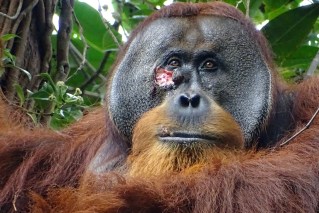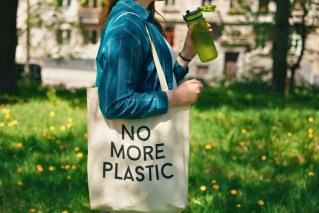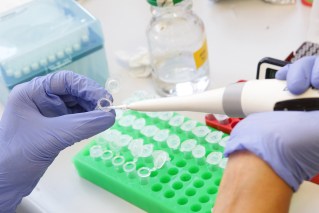Scientists call for new laws to protect our dreams from advertising


Dreams are spooky enough without billboards and slogans. Photo: Getty
When watching TV, people will often try to dodge the commercials by running to the bathroom.
But what if there was no escape? What if advertising could follow you everywhere – even into your dreams?
This week, 40 brain scientists from around the world, including Australia, warned in an opinion piece that “new protective policies are urgently needed to keep advertisers from manipulating one of the last refuges of our already beleaguered conscious and unconscious minds: Our dreams”.
The letter was prompted by the Molson Coors beer company’s cheeky and surreal move to steal Super Bowl thunder from a rival company that had exclusive rights to the big game.
As the scientists described it, Coors planned to use ‘targeted dream incubation’ (TDI) – a bona fide area of neuroscience research – to “alter the dreams of the nearly 100 million Super Bowl viewers the night before the game”.
The plot was to hijack those millions of brains and “have them dream about Coors beer in a clean, refreshing, mountain environment – and presumably then drink their beer while watching the Super Bowl”.
Commercials in our dreams? An advertising plot
In fact, the researchers overstated the scale of the plot – but they were suckered by Coors playing up the mass mind-control aspect, presumably to generate publicity.
But the stunt was real, the results were intriguing and media coverage was broad and unquestioning – from Vanity Fair to the advertising and marketing press, the tone was ebullient more than dystopian.
Come on! It’s a little creepy that big companies are indeed attempting to recruit dream researchers to help promote their wares while consumers are sleeping.
Adam Haar, a cognitive scientist at the Massachusetts Institute of Technology, and one of the authors of the protest letter, told Science: People are “particularly vulnerable” to suggestion when asleep.
Mr Haar has invented a glove that “tracks sleep patterns and guides its wearers to dream about specific subjects by playing audio cues when the sleeper reaches a susceptible sleep stage”.
He told Science that, in the past two years, Microsoft and two airlines sought to recruit him for dream incubation projects.
He declined, feeling uncomfortable.
So what happened with the beer dreams?
Veteran Harvard University dream researcher Deirdre Barrett had no hesitation when the Molson Coors Beverage Company asked her to consult on the Super Bowl project.
She saw it as an entertaining way to educate the public about dream incubation, which has been around since the Egyptians were burying their kings under pyramids.
Dr Barrett describes dream incubation as “a voluntary activity” in which dreamers focus on content they wish to appear in their dreams.
Targeted dream incubation has an emerging therapeutic function.

Dream researcher Deirdre Barrett. Photo: Harvard University
The Coors Super Bowl project didn’t run on mainstream media — it ran on the company’s website, so there weren’t 100 million people at risk .
Only 18 people were involved, and 12 were paid actors.
The participants, whose brains were monitored via sensors, watched a 90-second video designed by Dr Barrett – featuring flowing waterfalls, cool mountain air and Coors beer – just before falling asleep. (The waterfalls and mountains are part of the Coors logo.)
The participants were then exposed to an eight-hour soundscape.
The results?
Five of the participants said they had dreamt about Coors beer – interesting, given the exposure to Coors stimulus was relatively short.
According to Science, Dr Barrett in a 1993 study recruited 66 college students, and had them choose a problem to think about for a week – at the end of which, “nearly half reported having dreams related to the problem”.
In 2000, Harvard neuroscientists recruited people to play several hours of the computer game Tetris over three days: More than 60 per cent of the players reported having dreams about the game.
In other words, the more intensive and longer the exposure, the greater the impact on dreams.
About that warning
The protesting scientists make a good point: Brain science helped design “several addictive technologies”, including mobile phones and social media, that now “shape much of our waking lives”.
We hear these concerns from time to time – and few of us are dissuaded from clinging to our smartphones like limpets.
“We do not want to see the same happen to our sleep,” the authors write.








